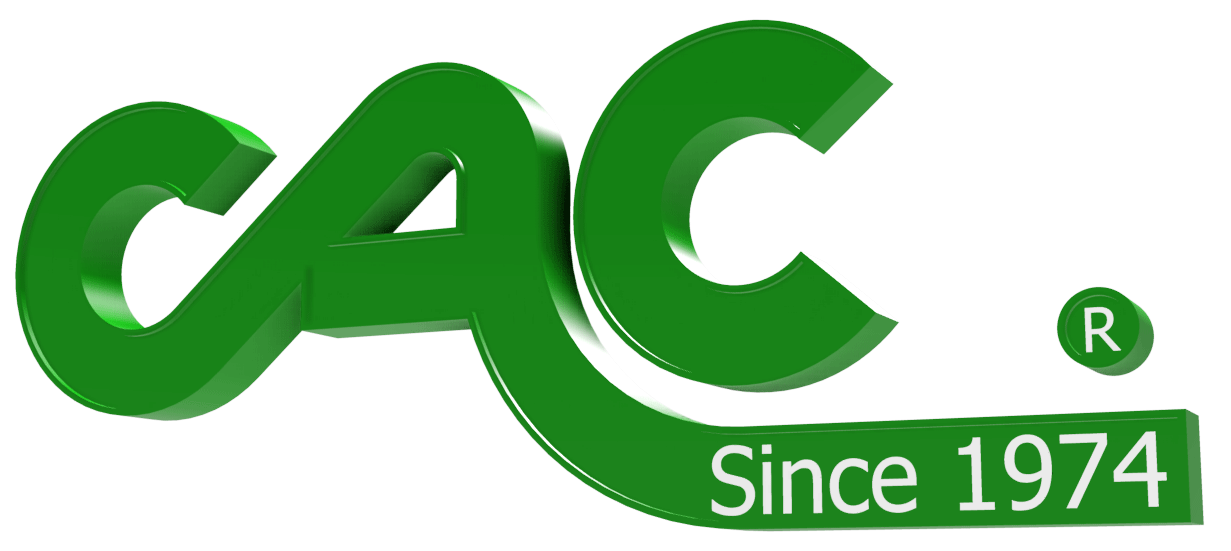Be Careful When Combining Trim Removal Systems | |
|
In most converting operations webs are edge trimmed somewhere in the process. Normally, the webs edges are slit and typically disposed or recycled. Two methods for removal of the edge trims include rewinding the edges into a roll and then disposing of the roll. The other method is to pneumatically capture and convey the edge trims to a collection area. Pneumatic trim removal systems have many advantages to rewinding slit edges into roll form. These advantages include:
Modular, pneumatic trim removal system designs vary. However, typically their modular nature means they include an air motivator for each web trimming location. Often times, modular pneumatic trim removal systems are stand-alone systems. In that they include trim entry points and convey trim to an exit point. If several modular trim removal systems exist in close proximity, there may be a desire to combine their discharge ducts (the conveying portion of the trim removal system) into one duct and then run the one duct to the collection area. While this is certainly a viable option, be careful! There are two main concerns here:
These are just some of the concerns when considering combining several modular systems into one duct length. Often times it makes the most amount of sense to keep modular systems separate from each other from trim entry to exit points. Jeff Damour, Converter Accessory Corporation | |
|
**DISCLAIMER - A great deal of time has been invested in the development of our weekly tech tips. To the best of our knowledge, they are accurate. It is up to the user to verify all results. THE AUTHOR ASSUMES NO LIABILITY CONNECTED WITH THE USE OF THIS INFORMATION OR THE RESULTS OBTAINED FROM IT. | |






